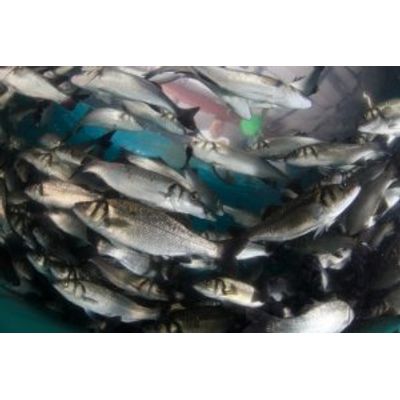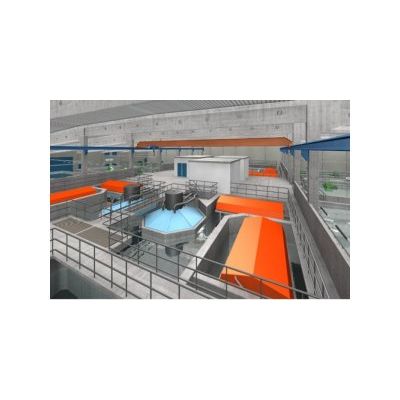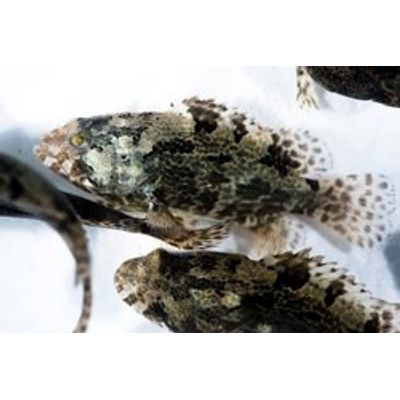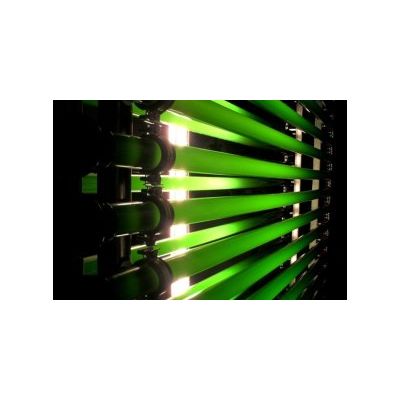
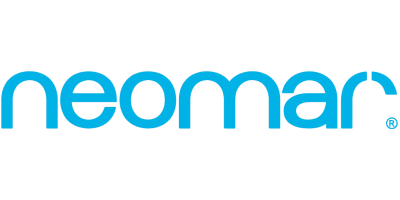
Oceanloop Management GmbH products
Paradigm Shift
Already 30% of commercially-used fish stocks in the world`s oceans are overfished. Further 50% are on the verge of overfishing. The constantly growing demand for fish, at the same time as the fishing yield is stagnating or declining, leads to considerably increasing prices. Since 1990 the retail price index for fish and seafood in Germany has been growing on average about 2% per year. Hence, the price increase rate is twice as high as it is for meat, fruit or vegetables.
Recirculating Aquaculture Systems (RAS)
The oceanloop is the result of a further development of recirculating aquaculture systems (RAS) to an almost completely closed water circulation. This enables the inland production of marine organisms for the first time. The technological and economical feasibility has been proven by the PISA research project.
Brown Marbled Grouper
A significant advantage of the oceanloop is the possibility of producing fish species independent of their natural distribution area.
This advantage is a unique selling point in comparison to open water aquaculture systems. They are dependent on geographical and climatic condition of their respective locations. In Europe the production of tropical species is therefore only possible in recirculating aquaculture systems. Considering the discussion about carbon footprint, particularly for air-shipping of fresh fish, and the fact that low-cost waste heat is available at many locations, tropical exotic species offer a promising future potential. Therefore, the introduction of new species is in the focus of our research and development. At the moment the following fish genera have a good future potential: Grouper (Epinephelus), Snapper (Lutjanus), Cobia (Rachycentrum), Barramundi (Lates) and Kingfish (Seriola).
Photobioreactor with Microalgae
The neomar technology supports the utilization of waste and remaining nutrients. This is possible, due to the low water renewal rate of less than 1% of the system volume per day. Particulate and dissolved nutrients are removed and concentrated by the water treatment and can be used efficiently in following processes.

